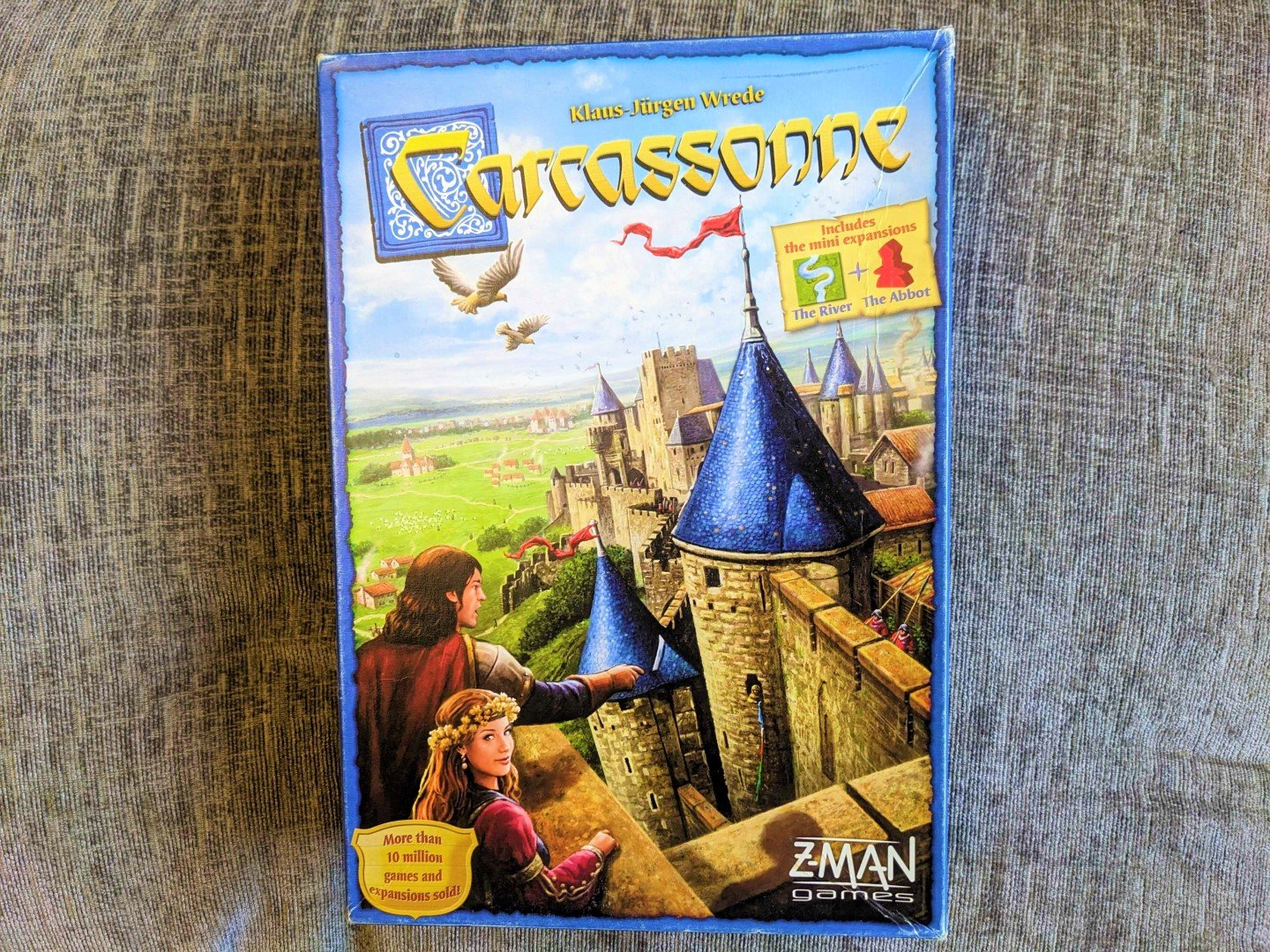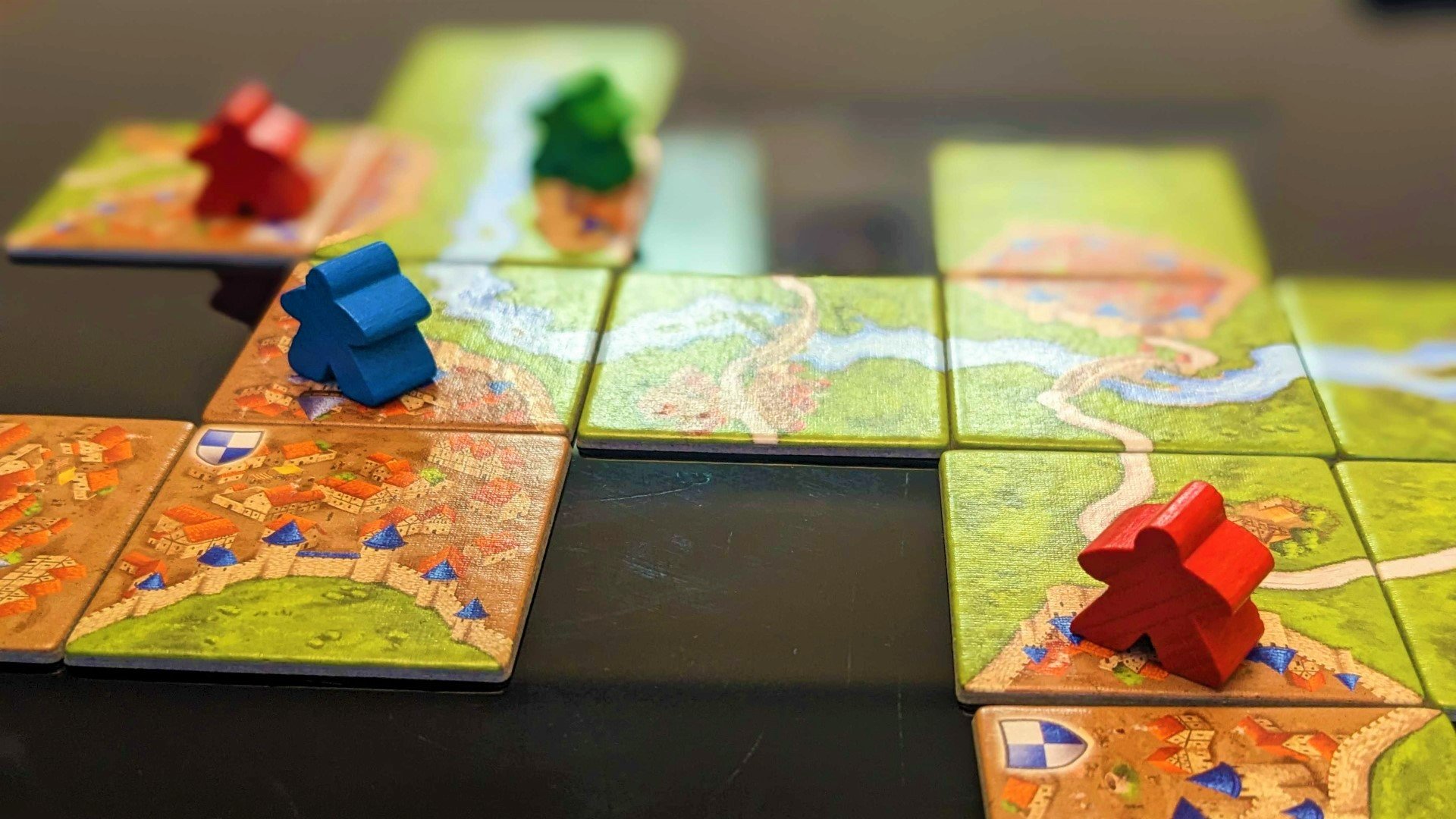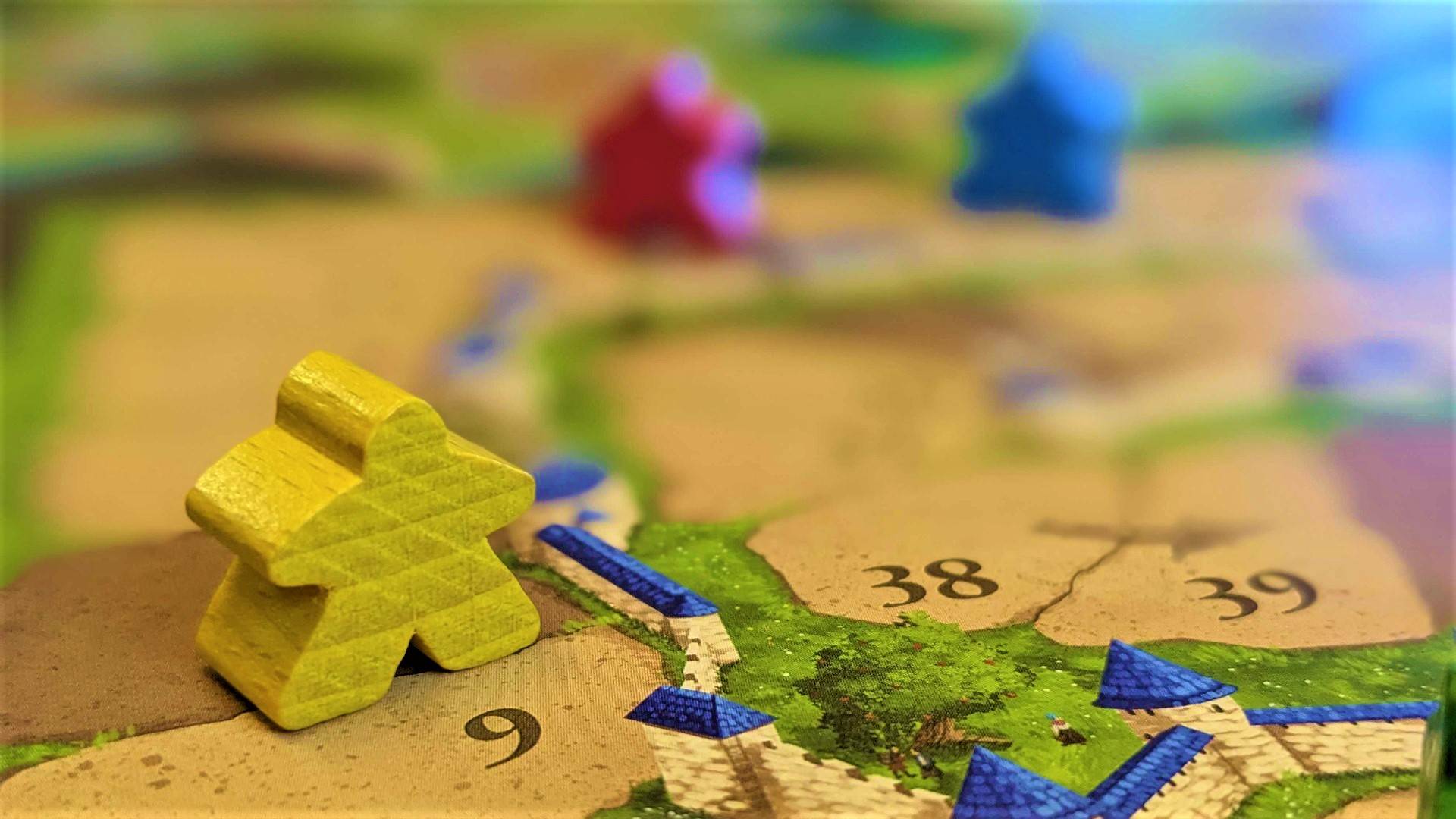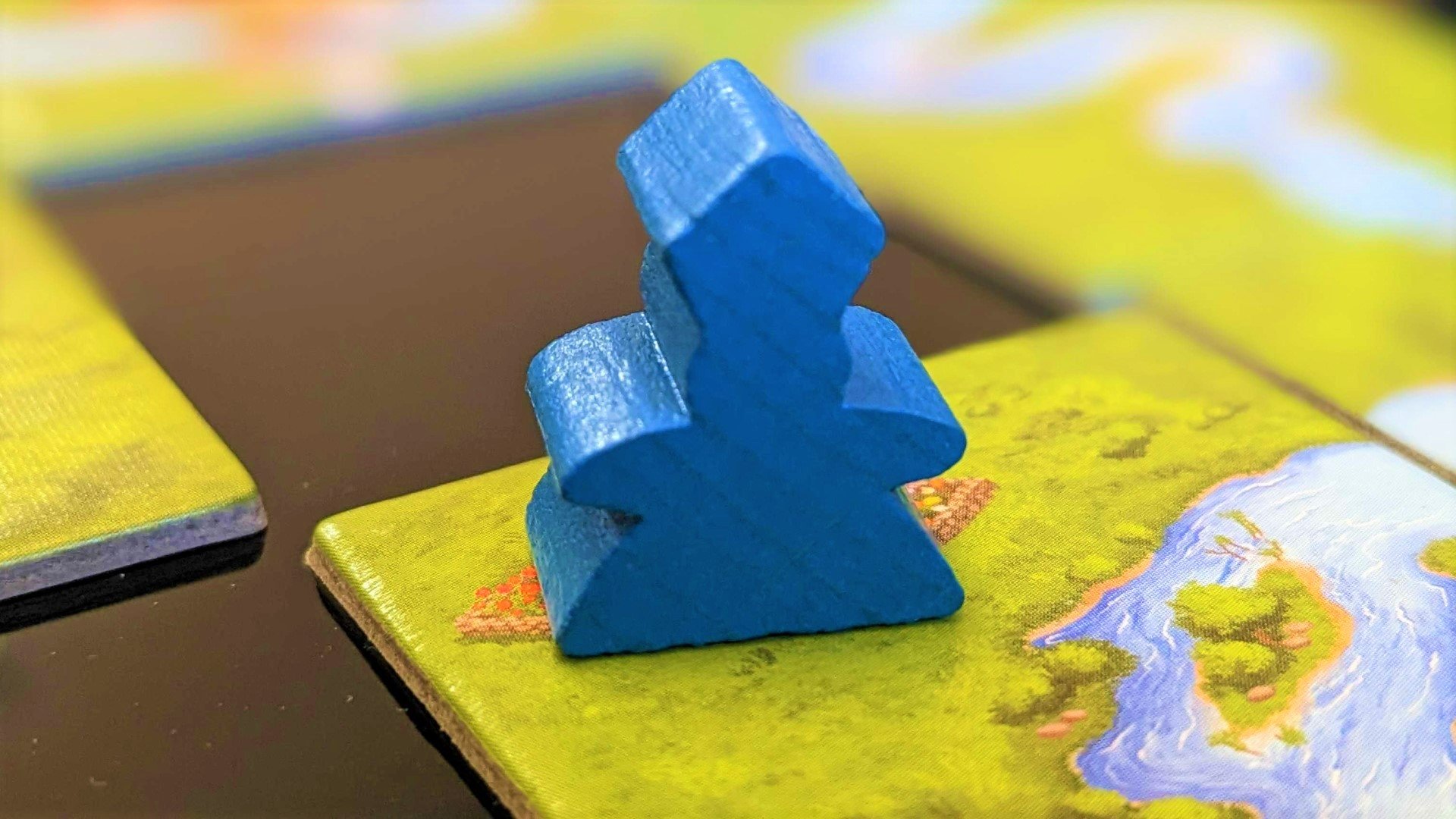Our Verdict
Carcassonne is approachable, tactile, and gloriously passive-aggressive. It's an essential for players who are new to board games, but veterans might be hard-pressed to choose it over a more complex, innovative, contemporary tabletop game.
Carcassonne is one of the oldest board games in my collection, and it’s one of the first tabletop titles I ever played. This is a statement you’ll hear from board gamers all over the place. Released at the turn of the 21st century, Carcassonne has shown tremendous staying power, with regular new editions and a heap of expansions. But is this slightly crusty grandfather of a game still worth playing in 2023?
The answer depends on who you are. In my opinion, Carcassonne is one of the best board games for newcomers, as it teaches core board game concepts in a highly approachable way. The tile board games genre, and the hobby itself, wouldn’t be the same without Carcassonne’s influence. However, seasoned gamers may find Carcassonne disappointing if they’ve (somehow) never played before.
Before we jump in: there are plenty of editions of Carcassonne by this point, including one as recent as 2022. For this review, I’m using my personal copy, which is the 2014 edition.
What is Carcassonne?
Carcassonne is a tile-laying board game where two to five players take turns placing random roads, cities, and other landmarks in the expanding landscape. With each turn, the Mediaeval French town of Carcassonne gets a little bigger. You score points by placing meeples on tiles you’ve laid, removing them and cashing in those points once your landmark has been fully built.
Carcassonne is one part dominoes and one part area control game. It’s light on rules and strategy, so it’s as quick to learn and play as it is to set up. Lay the tile, place the meeple, and score the points. That’s really all there is to it.
What’s so great about Carcassonne?
This simplicity makes Carcassonne a perfect gateway game. Many newbies have been lured into the tabletop hobby by Carcassonne’s approachable gameplay (myself included). Laying tiles is a tactile and surprisingly satisfying experience, and it’s hard to find an edition of this game that doesn’t come with bright, appealing art and classic (but still charming) wooden meeples.
So far, Carcassonne is sounding like a twee tile-laying experience, right? Wrong. The real joy of Carcassonne is passive-aggression. What begins as an earnest endeavour to build towns and plant flower beds quickly turns into snark, petty rivalries, and negotiations.
Direct player interaction is limited, so it’s not possible to storm a half-finished road or city your opponent is building, plonk your meeple on a tile connecting to theirs, and muscle in on all the points. What you can do, however, is carefully place your tiles so the last tile they need forces them to connect their half-finished city to yours. This splits the points between you, or, if you’ve got more meeples involved than them, you take all the treasure for yourself.
Alternatively, you can simply place tiles that make it impossible for them to finish building their infrastructure of choice. Carcassonne only lets you play a tile that lines up with the existing ones around it, so you’ll quickly find gaps popping up.
What’s not so great about Carcassonne?
Despite Carcassonne’s simplicity, it’s surprisingly easy to misconstrue some of the board game’s most crucial rules. In many cases, this could just be human error: Carcassonne is so simple that players begin assuming they know how to play, and they stop combing through the five or six pages of rules in the box.
Some of the blame does lie with the board game, however. The rules are short, but there’s a lot of inefficiency, with plenty of superfluous statements taking up room when beginner players are still trying to figure out how the farmers work. This likely won’t be an issue for experienced hobbyists, but anyone who picks up Carcassonne as their first board game may trip here and there.
Perhaps the bigger issue with Carcassonne is it’s just a gateway board game; it hasn’t got much to offer beyond that. Once you’ve got several games to choose from, Carcassonne becomes less and less appealing. Sure, there are like a million expansions to add something new to the game, but that core experience remains the same. Experienced gamers eventually move on to the Gloomhavens and Warhammer 40ks of the world, leaving Carcassonne to gather dust on the shelf.
Despite this, Carcassonne is still on my shelf after a decade. It remains one of the few games I can convince my non-gaming friends to join me for. It remains the first game I choose when teaching someone about modern board gaming.
Carcassonne has been around for almost 25 years, and it’s become like an old pair of shoes for board gamers. There are flashier and better titles in my collection, but Carcassonne remains familiar, comfy, and worth showing to anyone who hasn’t played before.




